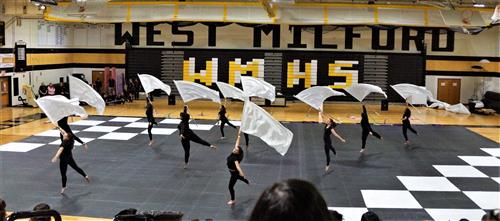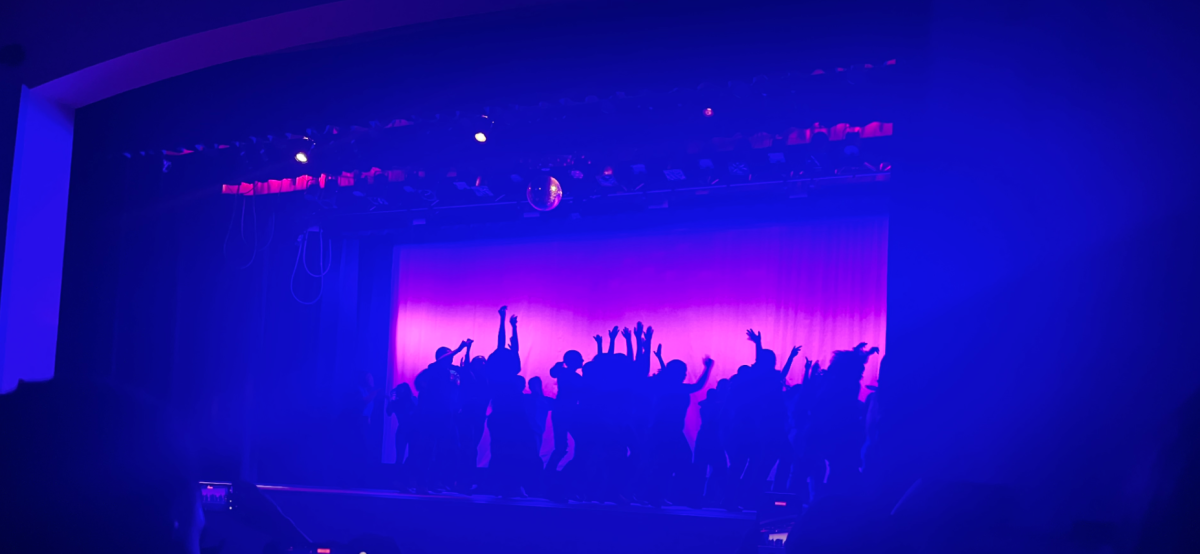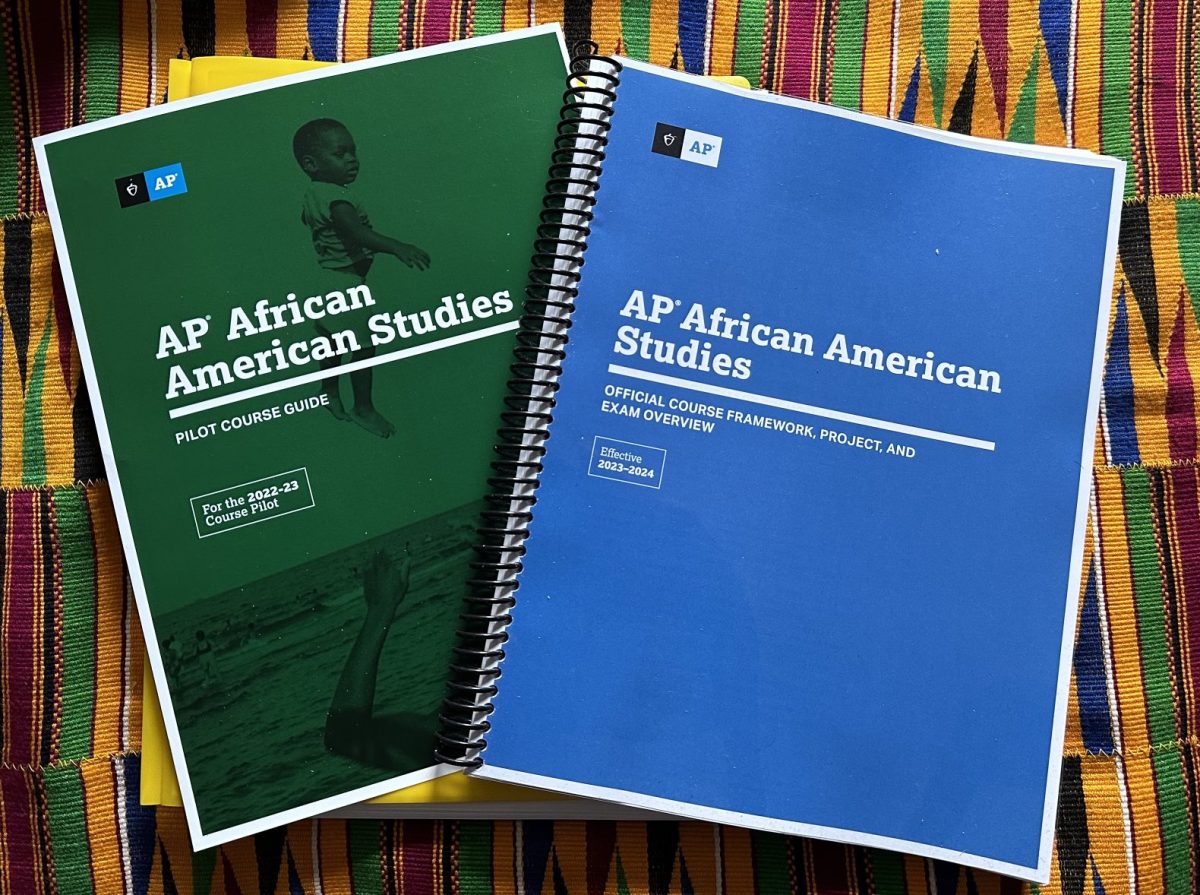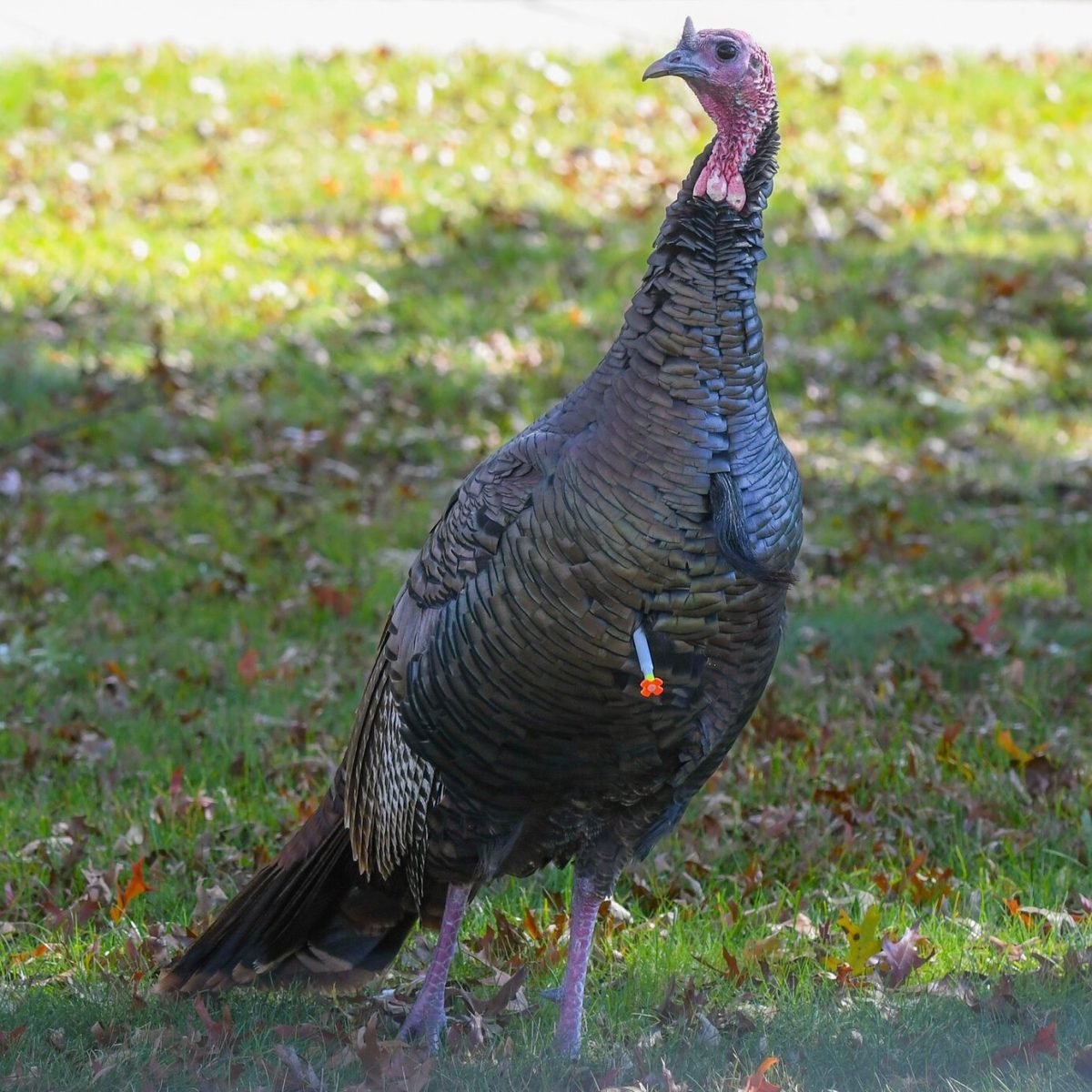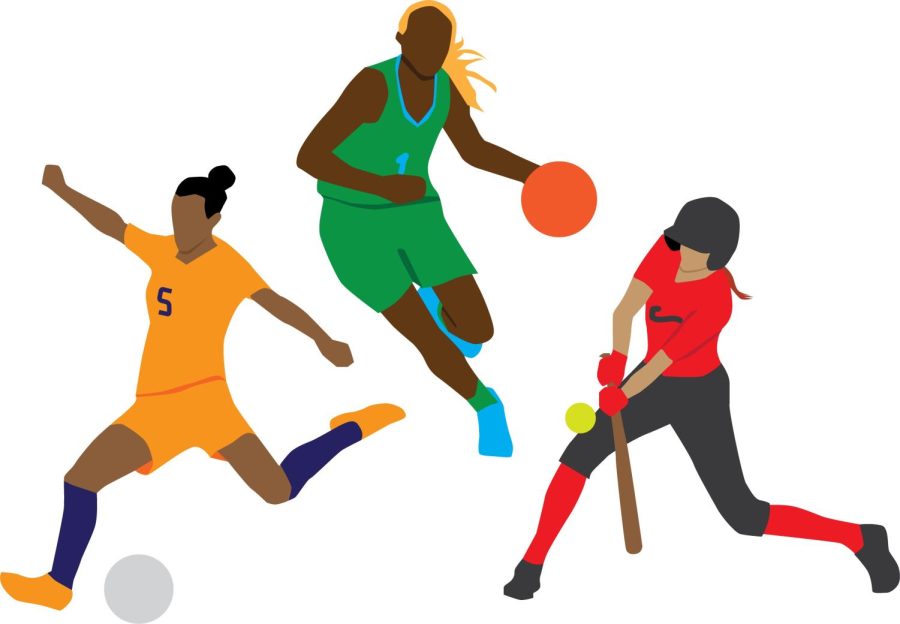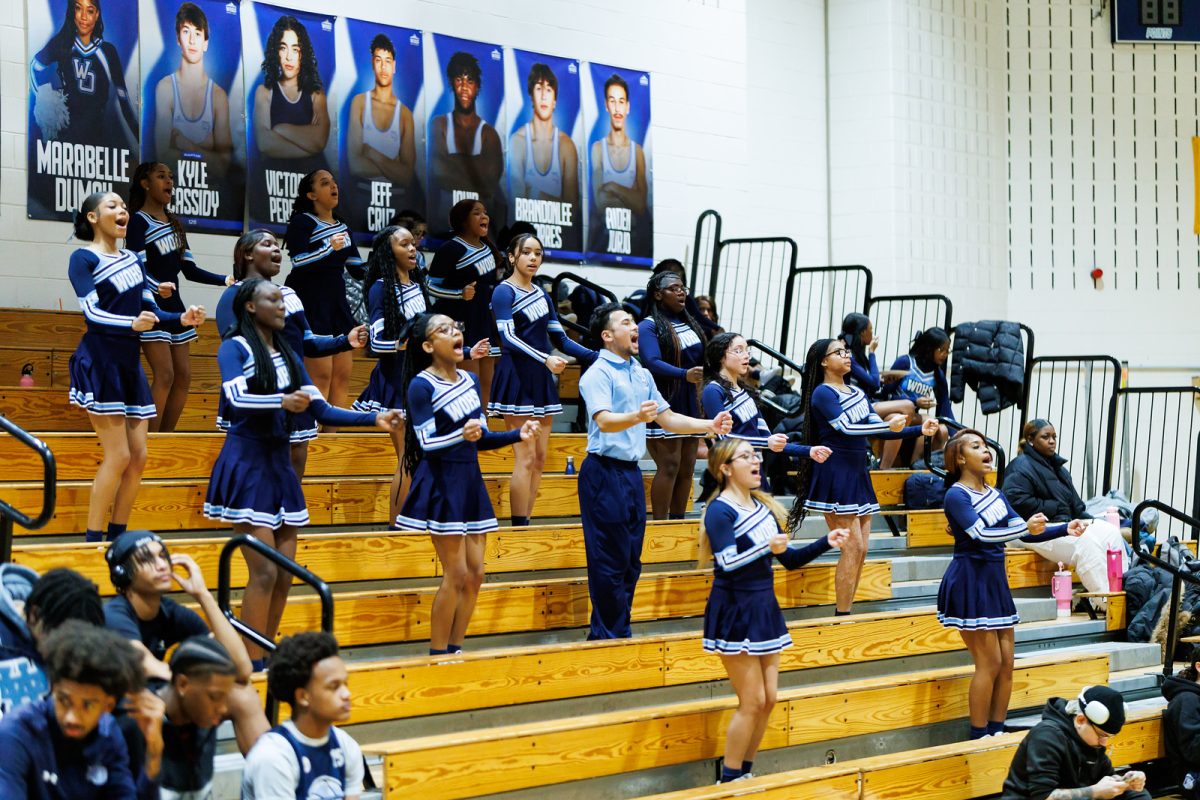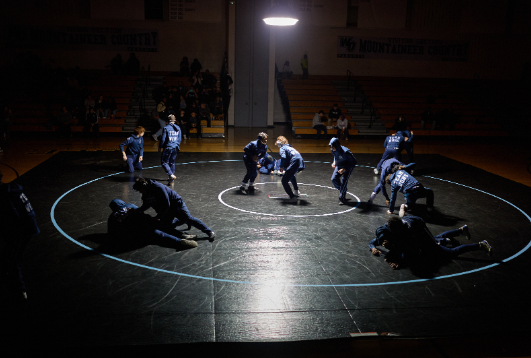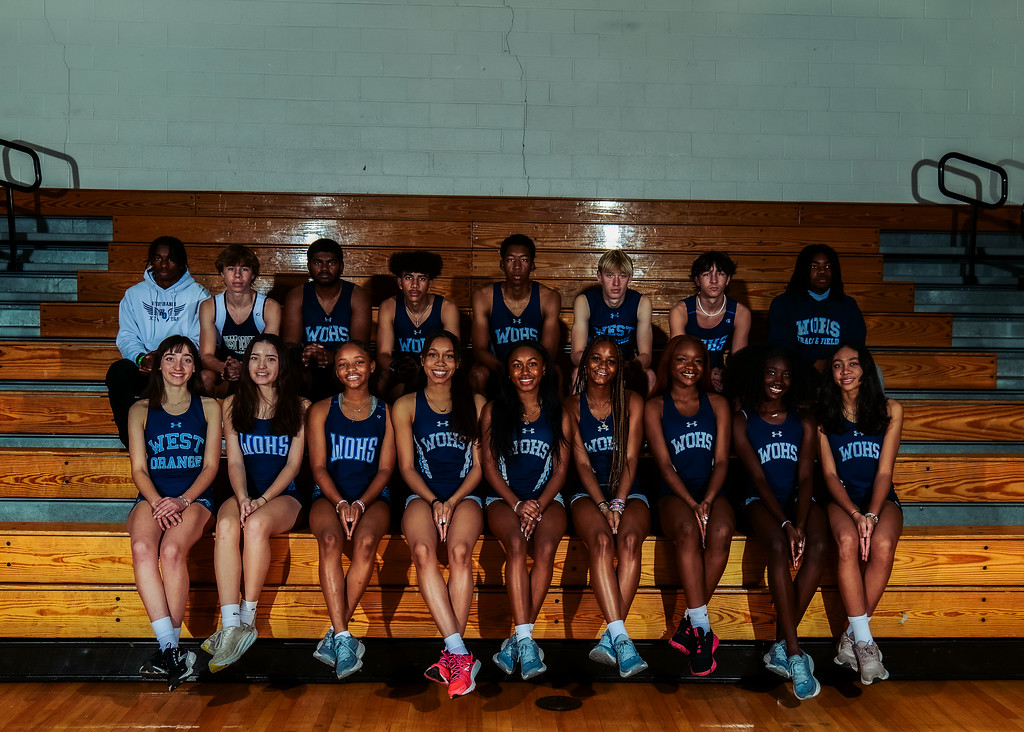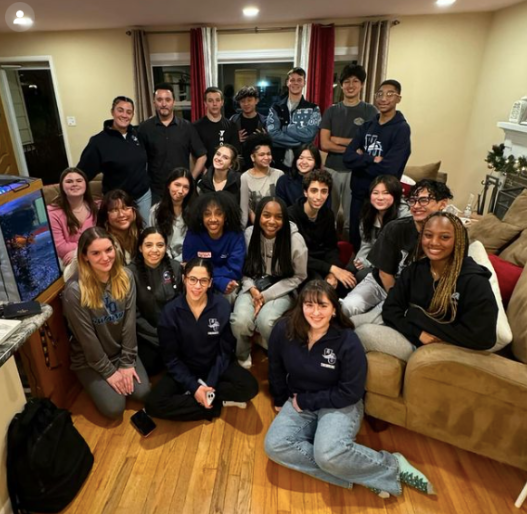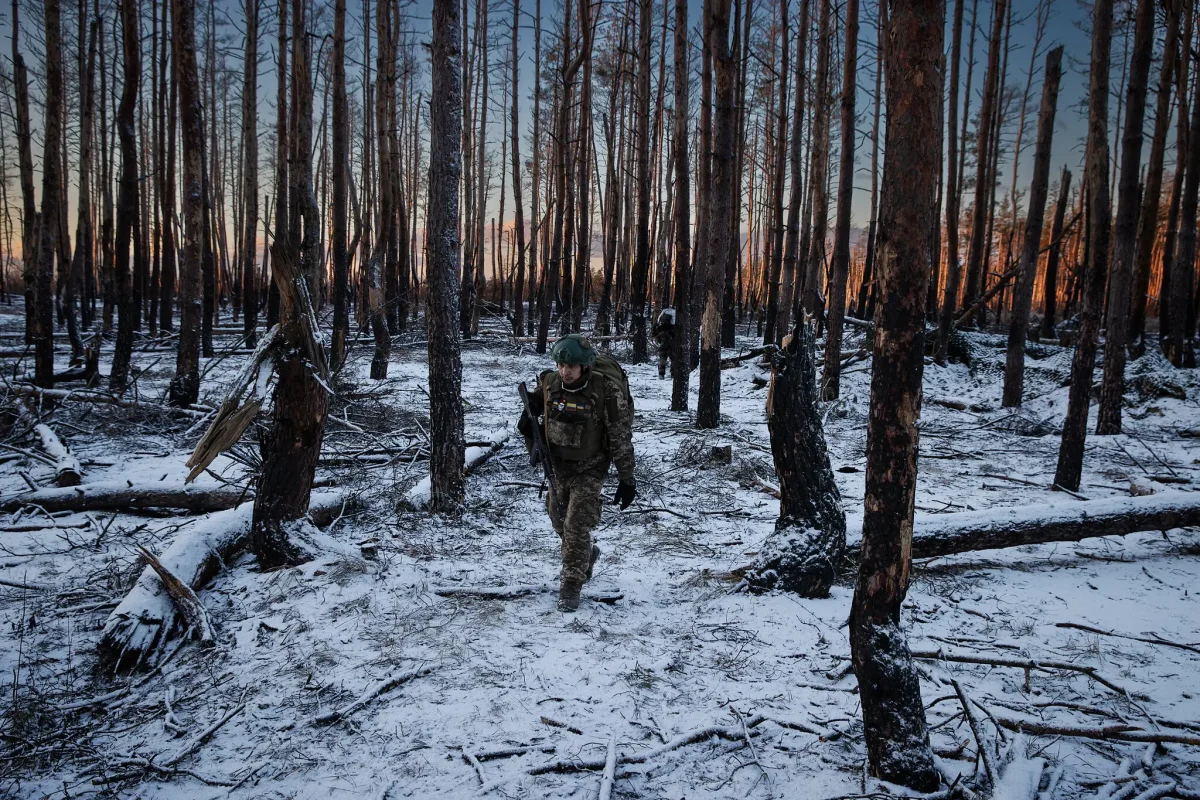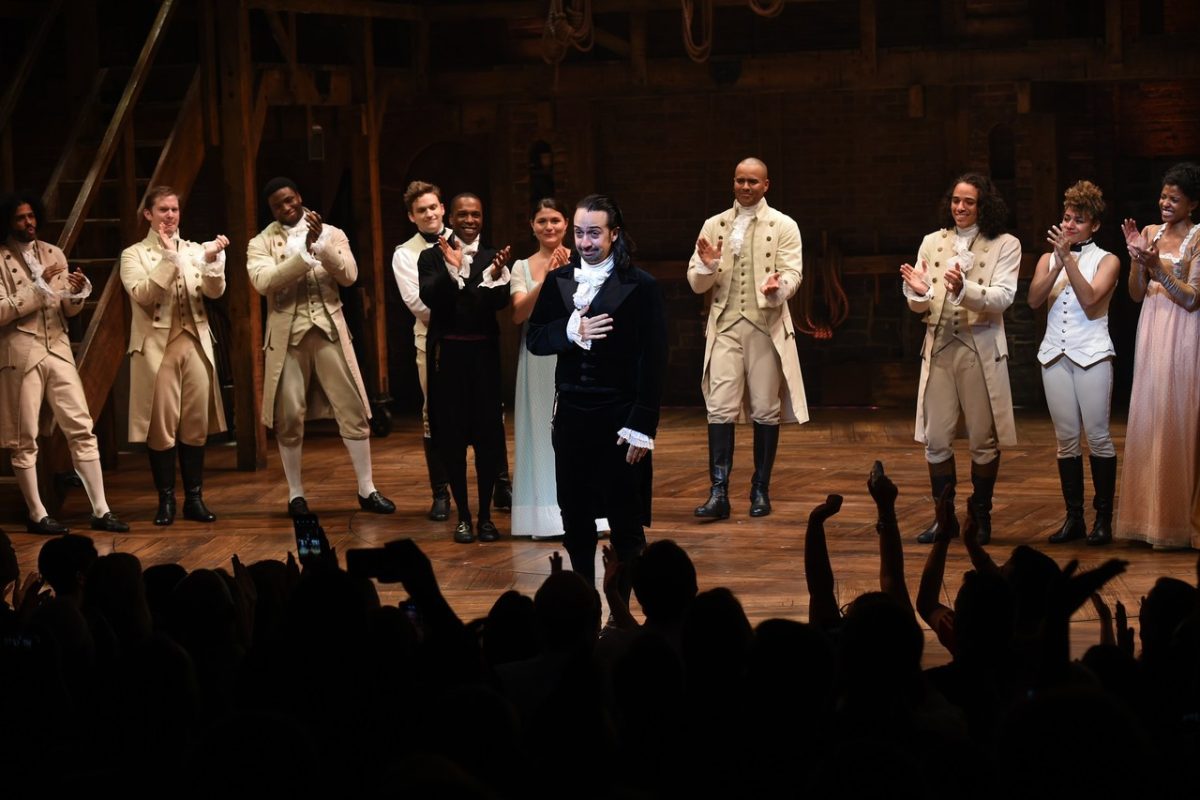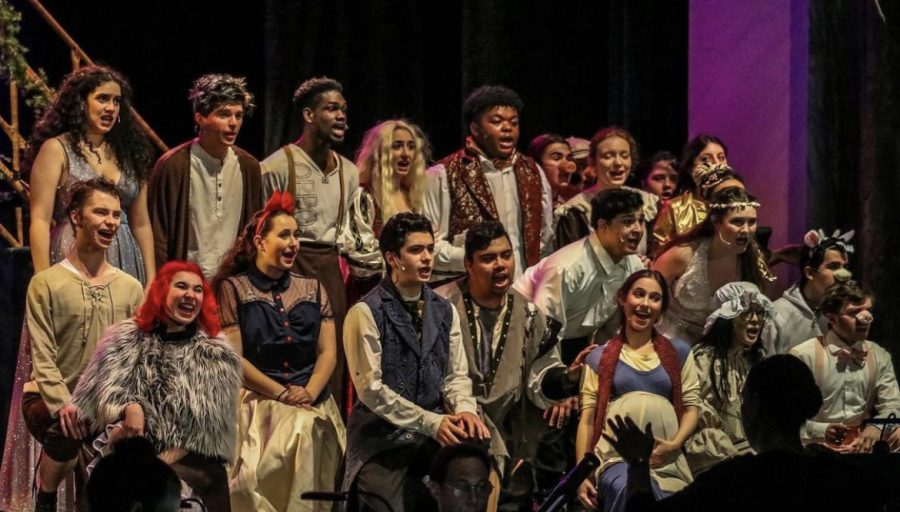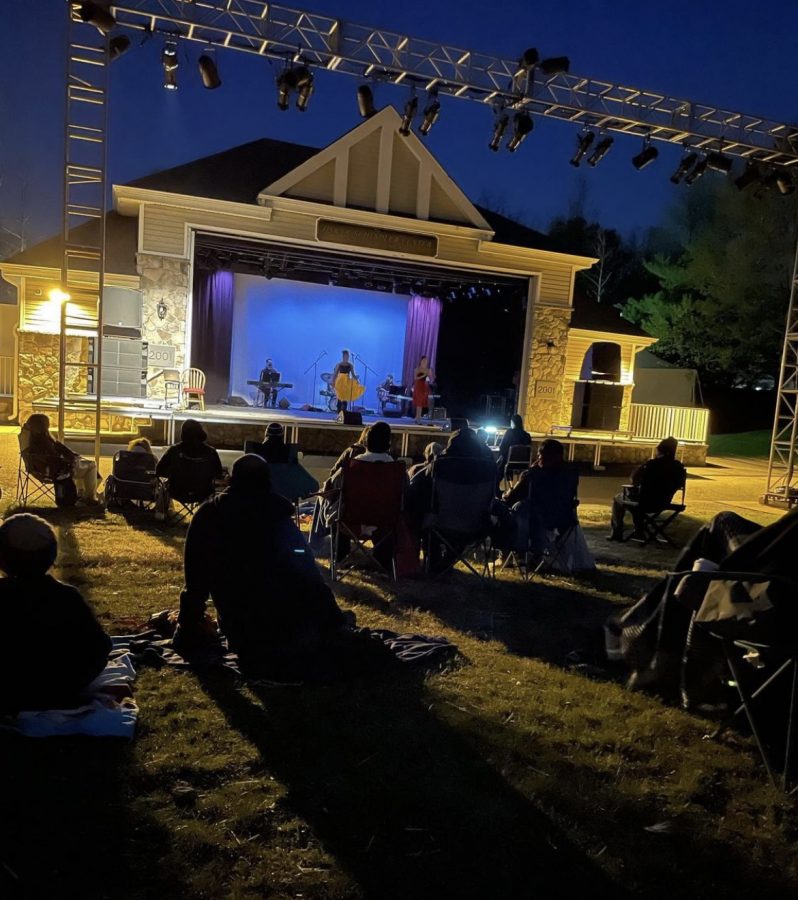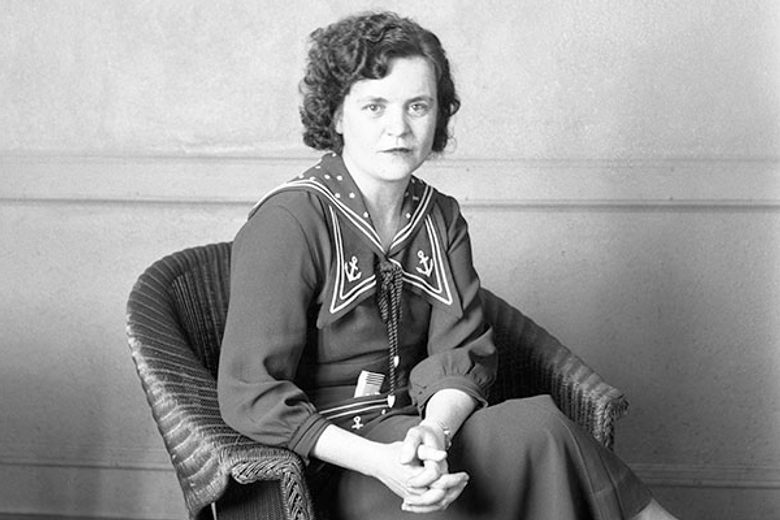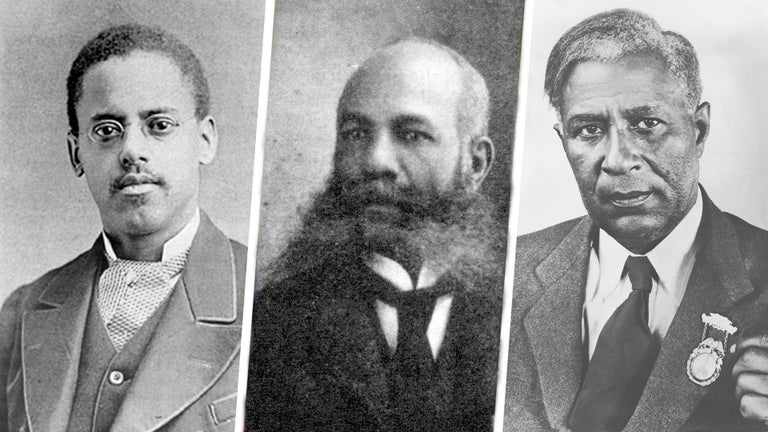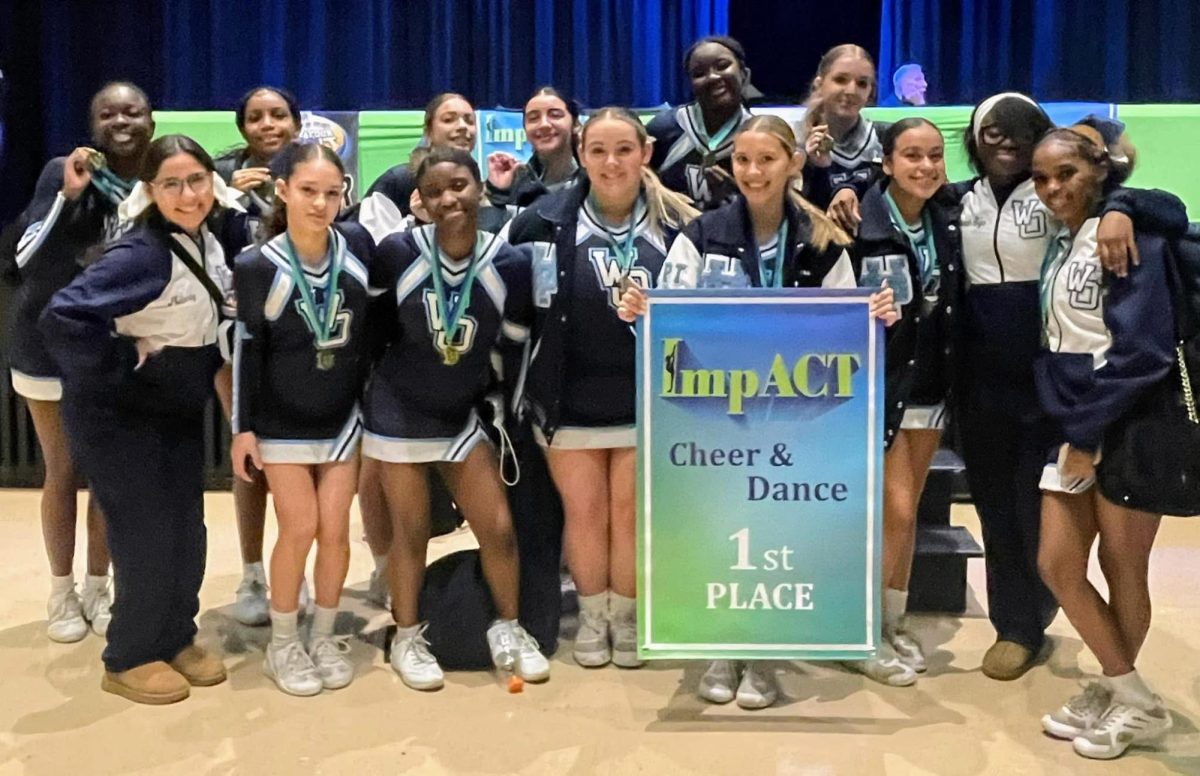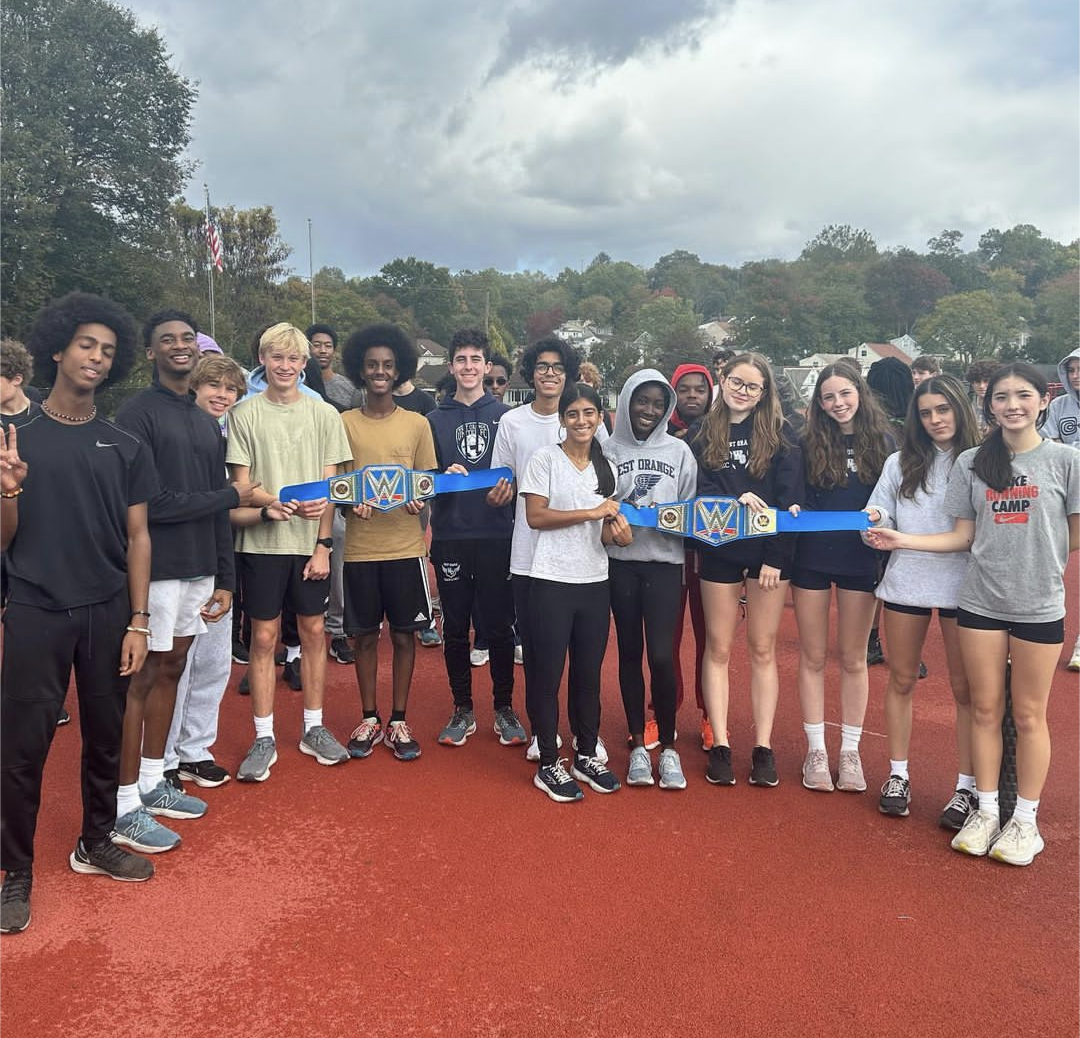“It’s the fastest game of chess you’ll ever play,” says captain Daniel Garber of the West Orange High School Fencing team. The sport is relatively new to the school, debuting for the first time almost four years ago during the senior captain’s freshman year. However, Garber, a Sabre, does not work alone. Alongside him are fellow senior captains Amie Binan, another Sabre, and Jade Burnett, an Epee. Their coach is Robert Lomoriello, who works as an Algebra and SAT Prep teacher at the high school.
Coming into this interview, I had no knowledge of fencing, absolutely none. Although the idea was intriguing, I had not come to understand the deeper meaning behind the sport until speaking with those who knew it best.
To start, there are three weapons: the Sabre, Epee, and Foil. Each has its own intricate set of rules that make it unique. Yet, each teaches discipline, strategy, and quick judgment to whoever takes it on. As Burnett explains, “If you hesitate and don’t fully go for something, you’re done.” Binan adds, “You’re always selling it to the referee, so you have to be confident.”
After the team’s first match and exhilarating show at the winter pep rally, there has been an uptick in their fanbase. Looking out into the crowd while challenging Columbia High School (one of their toughest opponents), they could see a big difference in numbers from that of last year, agreeing that the audience was similar to the one they would receive on senior night.
Additionally, Binan, Burnett, and Garber were passionate about increasing engagement within the fencing community, especially for those not yet in high school. However, for the 2023-2024 season, they’re focused on what the incoming fencers will bring, suggesting that they see a lot of promise in the team’s future.
Despite being separated by weapons, the team appears to be close-knit. The captains explained what a typical practice looks like. First, they lead warmups, which consist of running, stretching, and drills. Next, they suit up! Then, each weapon is split up to work with its leader. This is to make it easier on the coach since it’s difficult for just one person to teach specific techniques and work closely with everyone. Yet, there is still the occasional group work between the fencer’s respective weapons.
The burning question of whether the captains have any pre-match rituals was met with a variety of answers. They specified that everyone has their own way of locking in, and Binan, does so by “getting kinks out in [her] footwork”, and “watching fencing matches to see what [she] can do to change it up to be unpredictable”. Burnett’s techniques take a different approach as she tries to take her mind off the match by “staying up late, watching a movie, eating a meal, or listening to music” to not overwork herself. Garber explains how he controls his nerves with “deep breaths, stretches, and practicing footwork to get into the mindset of the game.”
Truly a tedious sport, they emphasize just how important every move you make can be. This is especially true when focusing on footwork. They consider this skill the foundation of the sport and stress that it is much more than simple movements such as advancing, going back, or lunging. Footwork also indicates to the fencer what their opponent could do, and oftentimes will make or break a point during a match.
The precision, mind games, and intensity of the sport are captivating. As the captains indicated, it seems to be a satisfying sport not only to play but to watch.
For students interested in following the fencing team this year, you can find them on Instagram under the username @wofencing. Their schedule is readily available on their page, and updates on their matches are frequent. An audience is always welcome.
